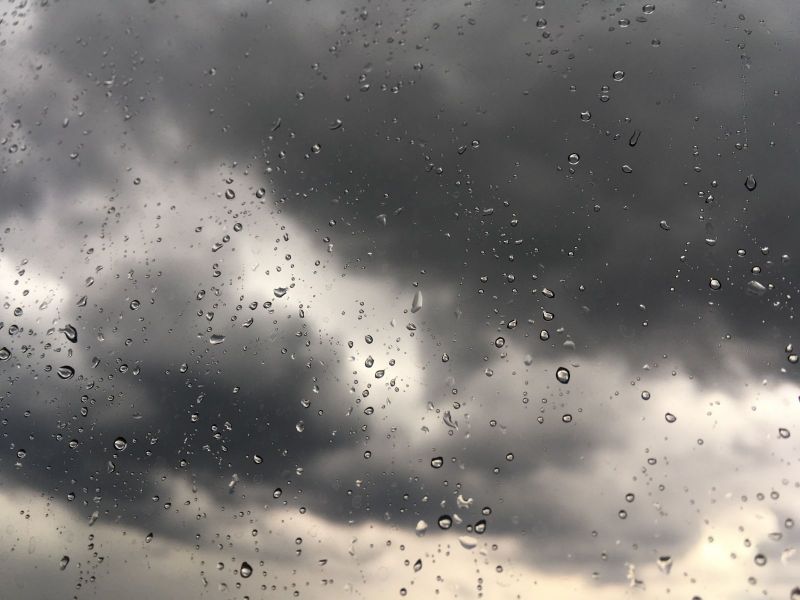Rain is a natural and essential part of our planet. It's vital to maintaining the life cycle of trees and other plants, contributing to water quality, and regulating temperature. But rain can also be a nuisance, with standing pools and flooded basements. We need just a little planning when preparing for the first rain drops. This blog post will tell you everything you need to know about how to prepare for a rainstorm.
- Install Drainage Systems
Most houses don't have their full potential as draining systems. First, you need to get a good idea of where the rainwater will go to prevent water from flooding your basement. The best way to do this is by installing a drainage system. It's not difficult and will save you a ton of money in repairs later. The drainage system should be placed throughout the property, be it roof gutters or downspouts connected to underground pipes.
- Waterproof
Before it rains, ensure waterproof any outdoor furniture, garden items, or other outdoor stuff. This includes anything that's in direct contact with the ground. Extra cushions should be placed around planters to prevent water from reaching their soil and preferring to form puddles than flowing through the pipes. Wooden fences can also be covered with sturdier and water resistant tarps.
- Clean Gutters
You may have heard that cleaning the gutters is best before it starts pouring rain. This is false! While it's true that gutters can clog up and cause a drainage problem, cleaning them after the rain stops aren't necessary. When the time comes, leave a hose running through your gutter for a few hours or soak your yard with hosing. This will help loosen debris stuck in the trenches and allow water to flow freely through them.
- Trim trees and branches that could potentially fall on your home or property
Don't wait for the storm to hit to find out how strong your property's roof is. Inspect your roofing, downspouts, and branches. Trimming trees can help prevent damage to your home. When the weather turns bad, sturdy branches can also be cut off.
- Fix Any Damage To Your Roof, Including Broken Or Missing Tile
Do your best to fix any broken tiles or other damage to the top of your home. Broken shingles can be replaced, but it's more complicated. These fixes could result in late-night visits and a big bill, so make sure to inspect your home's roof and take care of any damage that needs fixing before the rain starts falling.
- Prepare For Potentially Dangerous Electrical Cords
Electrical cords are a common household item, but they become a massive problem during a rainstorm. If you're expecting bad weather, you should prepare for potentially dangerous wires by placing them in plastic and storing them under an overhang or indoors. Also, unplug any sensitive electronics or devices affected by water or power outages.
- Know Your Neighborhood
If you don't live in the city where you can go to a mall for all your shopping needs, this will be a problem. It's important to know where your local grocery stores and hardware shops are located because if you run out of supplies, most businesses will close until the storm is over. If you have your garden or plants, ensure they're secure.
- Listen To Your Local Radio Station And Other Media For Weather Warnings
One of the most important things you should know about your local radio station is that they will usually give weather warnings, if not evacuation or shelter information. Also, keep close track of what's happening in your city and nearby areas. If any strong winds are happening in your neighborhood, the media will be on it; people may start to get concerned about the weather and head to the nearest shelter.
Careful preparation will pay off in the long run and help prevent damage to your home and belongings. Knowing what not to do is also essential, especially regarding outdoor furniture and other outdoor items. The downside is that staying indoors isn't always an option when it's raining, so plan accordingly. Even if you never get a rainstorm in your area, understanding what to do is still very important as knowing what to do when it rains in the first place. This can help prepare you for other weather types, whether a thunderstorm or hurricane.

